Why Do We Even Need Toenails? Here’s the Answer
Toenails don’t get a lot of love. They’re not flashy, and most of us don’t think about them—unless one breaks, turns a strange color, or catches on a sock. But those tiny, tough plates at the ends of our toes have stuck around for millions of years, which raises a good question: why do we still have them?
Turns out, toenails do a lot more than just sit there.
They Absorb the Blow Before Your Skin Does
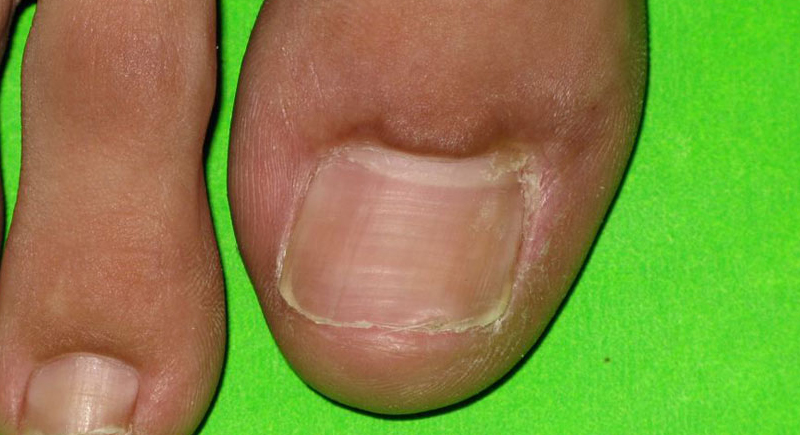
Credit: Wikimedia Commons
If you’ve ever stubbed your toe hard enough to yelp, your toenail was likely the first thing that hit the surface. That small, tough plate acts like a shield and helps disperse the force of an impact while protecting the fragile skin and soft tissue beneath. Without that layer, you’d be dealing with more than just bruising—you’d risk tears, broken skin, and a much higher chance of infection.
They Keep Harmful Stuff Out—Even When You Don’t Notice
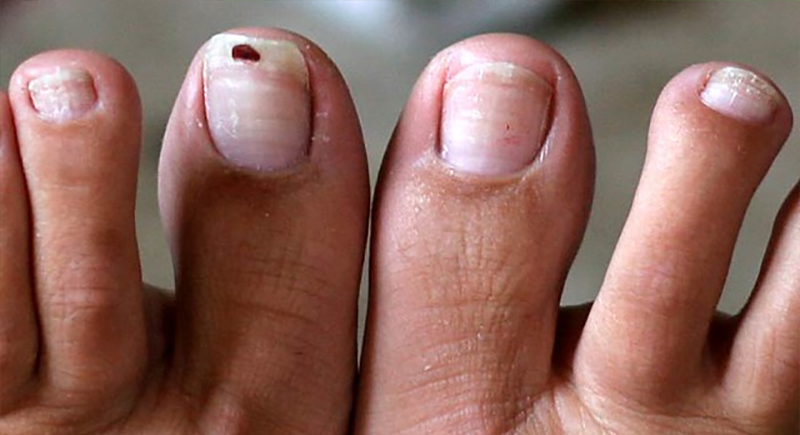
Credit: flickr
Every step you take barefoot puts your toes at risk of picking up bacteria, fungi, and all kinds of debris. Your toenails serve as a natural barrier by blocking contaminants from burrowing into the sensitive skin under and around your toes. That area, known as the nail bed, is full of small blood vessels and delicate tissue that can become infected easily without some form of protection.
They Help You Keep Your Balance on the Move
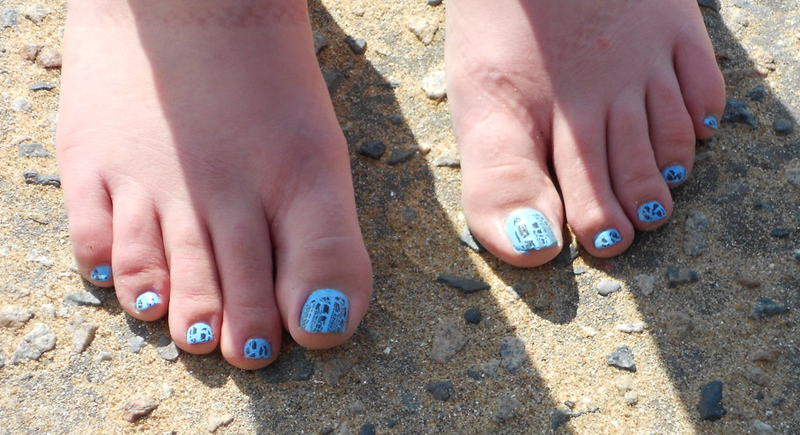
Credit: flickr
Most people don’t realize how much their toenails contribute to the way they walk. The structure of the nail helps your toe maintain its shape, which in turn adds stability when you shift your weight, pivot, or walk on uneven ground. The firmer the toe, the more surface area it has to help you grip the ground—crucial for everything from sprinting across a lawn to walking up a rocky trail.
They Keep the Shape of Your Toes Intact
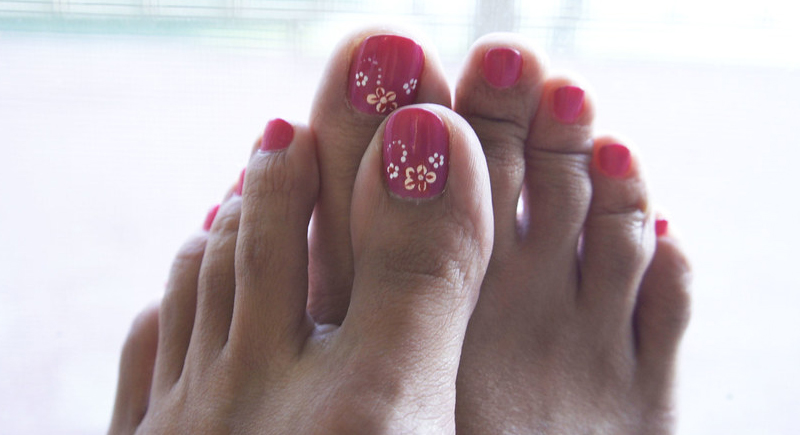
Credit: flickr
Look closely at the tip of your toe—there’s not much keeping its form aside from the nail. That hard plate acts like a cap, holding the soft tissue in place and preventing it from flattening or bending unnaturally. Without toenails, the tips of our toes would be more vulnerable to changes in shape caused by pressure, impact, or even age-related wear and tear.
They Distribute Pressure in Tight or Unforgiving Shoes

Credit: pexels
Think about the last time you wore a pair of dress shoes or hiking boots that fit a bit too snug. Without your toenails, the skin at the ends of your toes would bear the full brunt of that pressure. The nail acts like a buffer and spreads out the force so it doesn’t concentrate on one delicate area. That simple piece of keratin helps prevent skin breakdown, painful calluses, and more serious damage that could come from repetitive pressure or friction.
They Offer a Subtle Grip When Your Toes Need to Pitch In
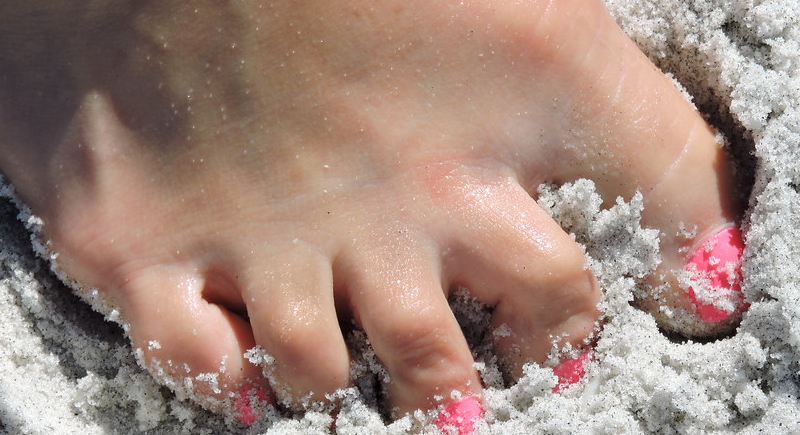
Credit: flickr
You might not use your toes to pick things up every day, but when you do, your toenails help make it possible by creating friction and leverage. Otherwise, you’d have a much harder time curling your toes and getting a hold of small objects. It’s a function we rarely notice until it’s needed—but when it is, it works surprisingly well.
They Finish the Look, Whether You Realize It or Not
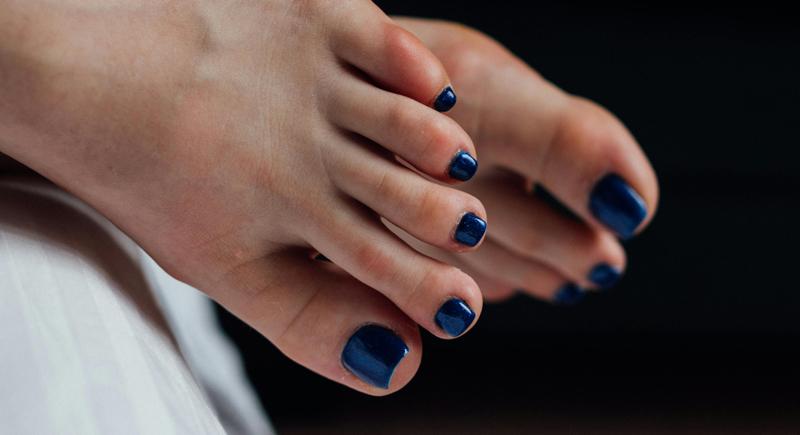
Credit: pexels
There’s something instinctively “off” about a bare toe with no nail. Beyond function, toenails give each toe a visual edge and symmetry that makes our feet look complete, even if you never paint them or think much about them. They may not be glamorous, but they matter more to appearance than we tend to admit.
They Give Clues About What’s Happening Inside Your Body
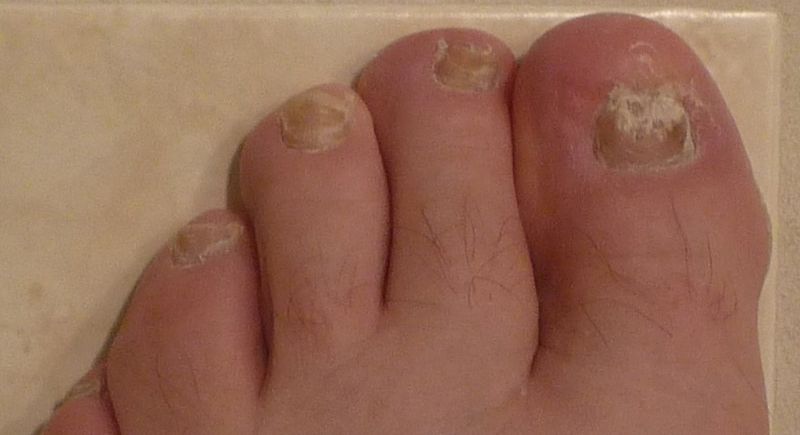
Credit: flickr
Changes in your toenails can sometimes say more than a routine physical. Discoloration, thickening, or texture changes can reflect nutritional deficiencies, circulatory problems, or infections. For instance, yellow nails may suggest a fungal issue, while pale or ridged nails can signal low iron or other systemic concerns. Doctors often glance at nails for a good reason—they’re subtle indicators of broader health patterns.
They’re Leftovers That Still Get the Job Done
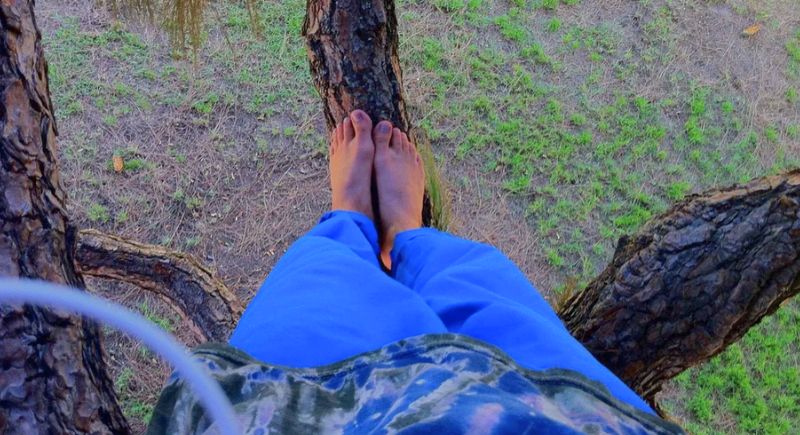
Credit: Reddit
We inherited toenails from a time when our ancestors needed all the help they could get with climbing, gripping, and surviving rough terrain. While we’re no longer swinging from tree branches or gripping rocks with our feet, the basic anatomy hasn’t changed much. That old design still serves a real purpose today, especially when we go barefoot or face environments that demand traction and protection.
They Help Your Shoes Fit the Way They’re Supposed To
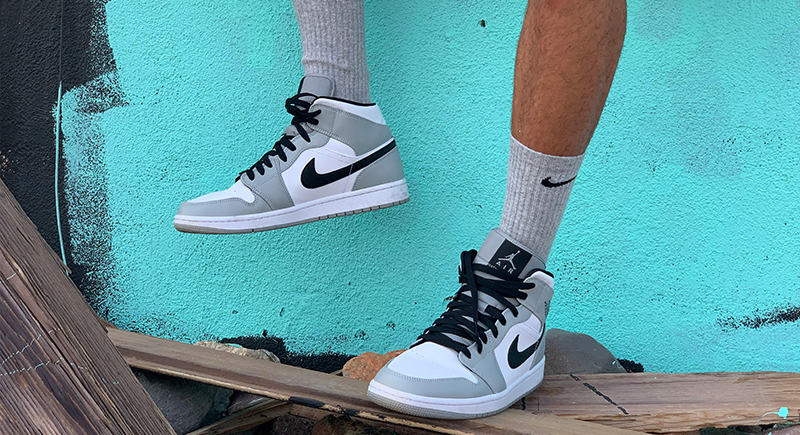
Credit: pexels
Without that firm surface at the end of your toe, your foot would feel loose or unstable in many kinds of footwear. The nail helps maintain the toe’s shape and gives your shoe something to press against—subtly improving how your foot stays in place, especially during quick or repeated movement.